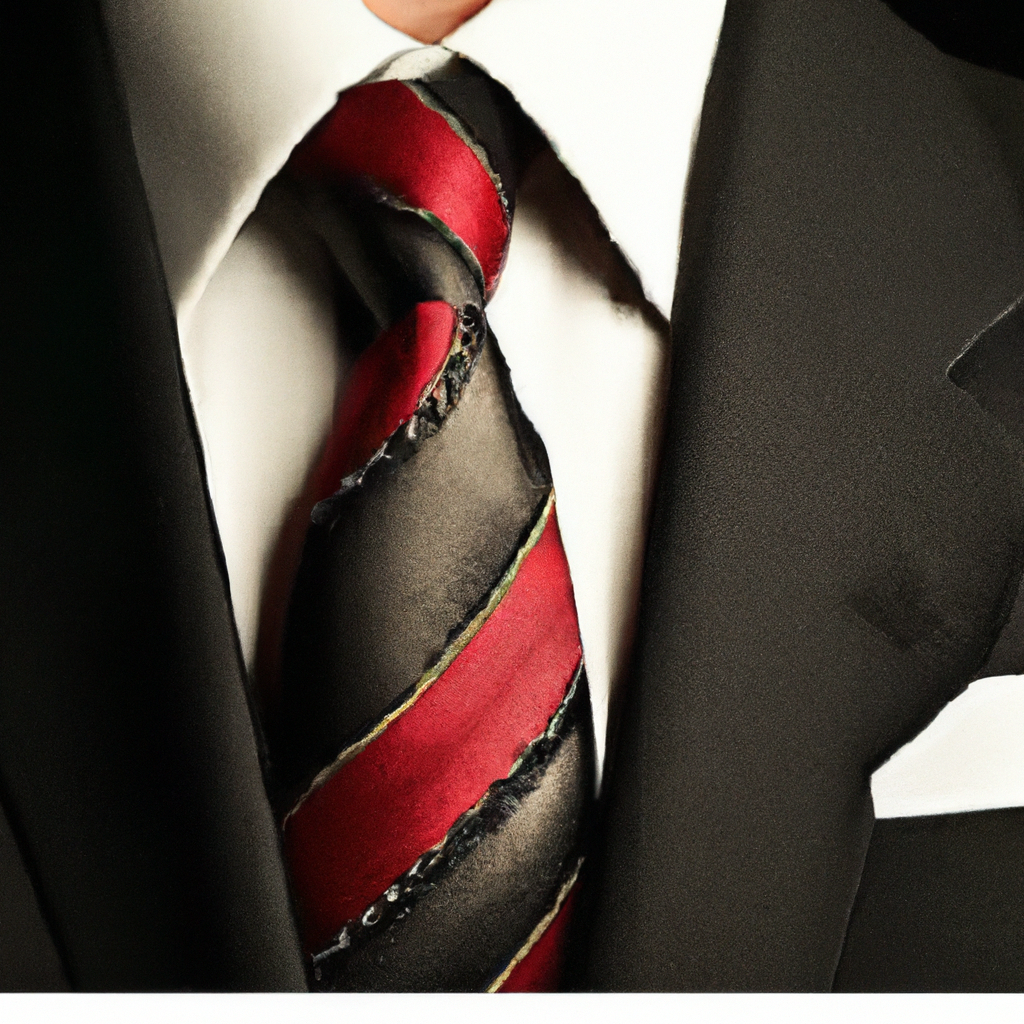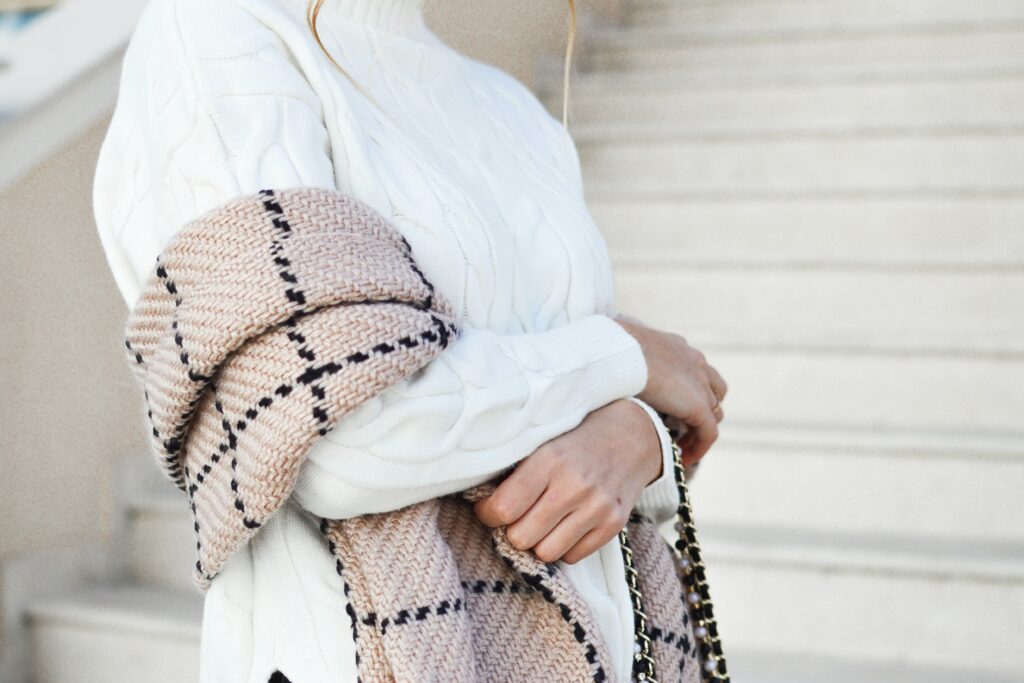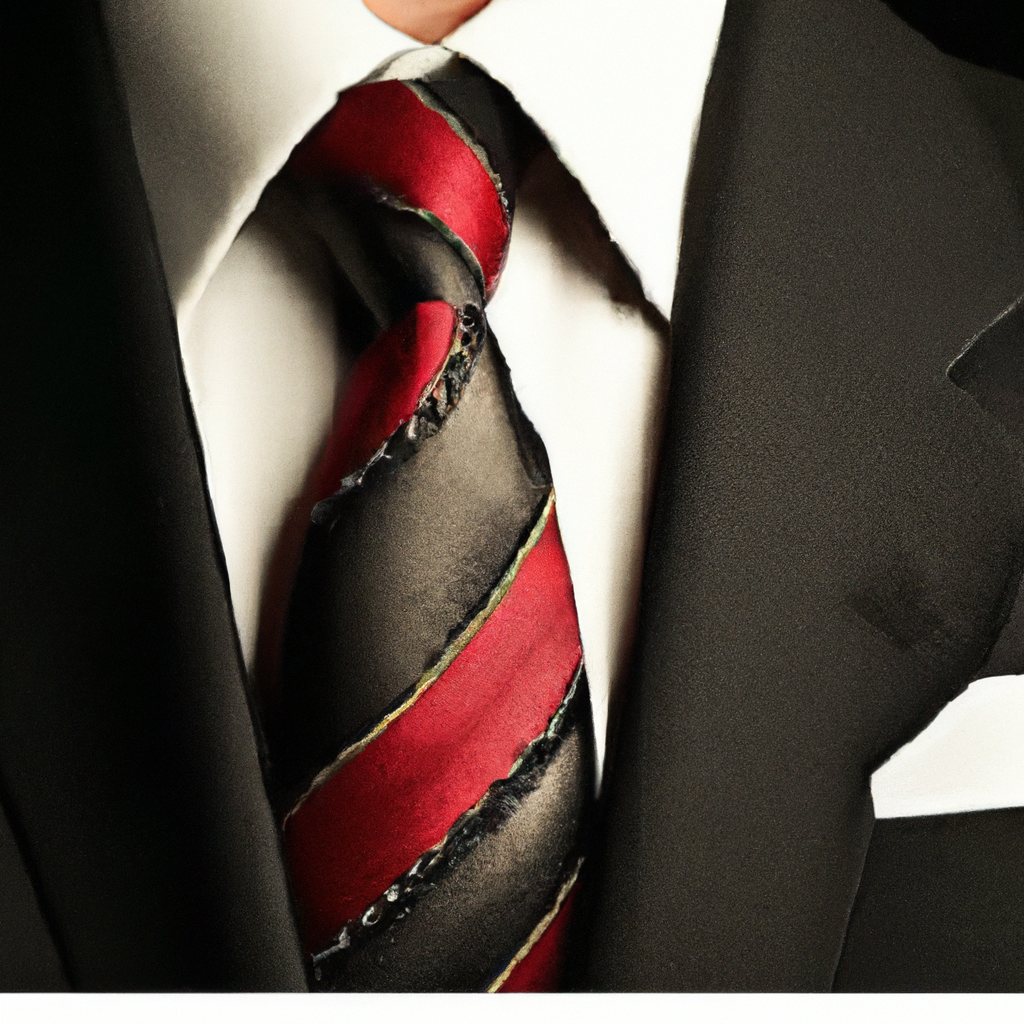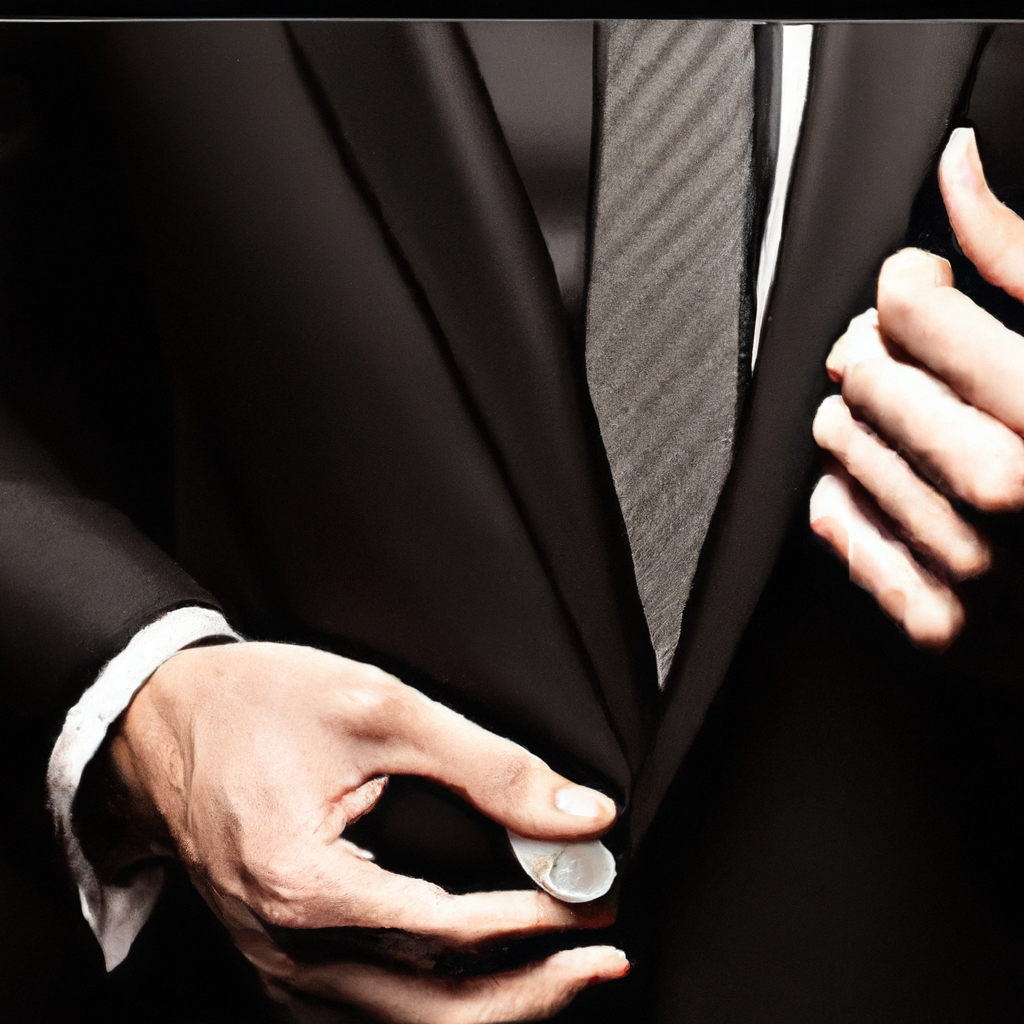
What Attire Do People Wear For Formal Or Gala Nights? Have you ever heard the phrases “Dress to Impress” or “Dress Your Best” and wondered just how dressy you should be? These popular expressions, often heard in the world of fashion and social events, carry a certain weight of expectation. But what exactly do they mean? In this article, we will explore the nuances of these phrases and decode their true meaning. So, whether you’re preparing for a job interview or a special occasion, join us as we unravel the mystery behind dressing to impress and dressing your best.
Definition of Dress to Impress
Common usage
“Dress to Impress” is a popular phrase that is often used to encourage individuals to wear attire that is both stylish and appropriate for a specific occasion or setting. It implies that one should put effort into their outfit to make a positive and memorable impression.
Implication of formality
The phrase “Dress to Impress” carries an inherent sense of formality, suggesting that the clothing chosen should be more sophisticated and polished than everyday attire. It signals the need to elevate one’s appearance and present oneself in a refined and professional manner.
Importance of appropriate attire
The underlying message of “Dress to Impress” underscores the significance of selecting clothing that is suitable for the occasion. It recognizes that first impressions are often based on appearance and attire, and by dressing appropriately, individuals can convey respect for the event or setting they are attending.
Interpretation of Dress Your Best
Subjectivity of personal style
“Dress Your Best” acknowledges that personal style is subjective and encourages individuals to showcase their own unique fashion sense. It emphasizes the importance of feeling comfortable and confident in one’s outfit, while still adhering to basic principles of style and appropriateness.
Contextual meaning
The phrase “Dress Your Best” recognizes that the definition of “best” can vary depending on the specific context. It encourages individuals to consider the expectations and norms of the environment they are in, while also allowing room for personal expression and creativity.
Emphasis on confidence and comfort
Rather than solely focusing on appearance, “Dress Your Best” highlights the significance of confidence and comfort in the way one presents themselves. It suggests that true “best” dressing involves choosing clothing that not only looks good, but also makes the individual feel good, allowing their personality to shine through.
Understanding the Phrase
Social and professional contexts
Both “Dress to Impress” and “Dress Your Best” have relevance in both social and professional settings. In social contexts, such as parties or gatherings, the phrases encourage individuals to dress in a way that makes them stand out and make a positive impression on others. In the professional realm, the phrases are often used to remind individuals to dress in a manner that reflects the standards and expectations of the workplace.
Expectations and standards
The phrases reflect the idea that there are certain expectations and standards for attire in different settings. For example, a formal event may require more elegant and sophisticated attire, while a casual gathering may call for more relaxed and comfortable clothing. Understanding and meeting these expectations can help individuals navigate social and professional situations with ease and confidence.
Impact on impressions
One of the key reasons behind the emphasis on dressing to impress or dressing your best is the impact it can have on others’ perceptions of you. Studies have shown that individuals who are dressed well are often perceived as more competent, trustworthy, and professional. By putting effort into your outfit, you can create a positive and lasting impression on those around you.
Factors Influencing Dress to Impress
Nature of event or occasion
The nature of the event or occasion greatly influences how one should dress to impress. Different settings require different levels of formality, and understanding this is crucial in order to make an appropriate choice. A black-tie gala, for instance, demands a formal attire approach, while a casual picnic invites more relaxed and comfortable clothing.
Industry or professional norms
In professional settings, industry or professional norms play a significant role in determining how one should dress to impress. Certain fields, such as finance or law, may have more conservative dress codes, while creative industries may allow for more individuality. Adhering to these norms shows respect for the industry and the occasion, and can help establish credibility and professionalism.
Dress code guidelines
Many events or organizations provide specific dress code guidelines, which can help individuals understand what is expected of them. Whether it’s a formal dress code, business casual, or themed attire, these guidelines offer clarity and ensure that everyone attending is appropriately dressed. Paying attention to these guidelines demonstrates attention to detail and respect for the event or organization.

Decoding Dress Your Best
Personal branding and self-expression
“Dress Your Best” recognizes that personal style is an essential aspect of self-expression and individuality. What one chooses to wear has the potential to reflect their personality, values, and interests. By carefully selecting clothing that aligns with one’s personal brand, individuals can project an authentic and confident image.
Adapting to different environments
The concept of dressing your best also entails adapting to different environments. It requires conscious consideration of the social or professional setting and making choices that align with the expectations and norms of that particular context. Adapting one’s style accordingly showcases versatility and adaptability.
Determining appropriate level of formality
“Dress Your Best” involves striking a balance between personal style and appropriate formality. It calls for an understanding of the occasion or setting and choosing an outfit that is both stylish and fitting. This may involve considering factors like dress codes, cultural norms, and the preferences of the host or organizer.
Considerations of Dress to Impress
Apparel choices
When it comes to dressing to impress, the choice of apparel is crucial. Opting for clothing that is well-fitted, clean, and in good condition can significantly enhance one’s overall appearance. Choosing colors, patterns, and styles that flatter one’s figure and skin tone can also help create a polished and put-together look.
Grooming and hygiene
In addition to clothing, grooming and hygiene play a vital role in making a positive impression. Elements such as well-maintained hair, clean nails, and fresh breath contribute to an overall well-groomed appearance. Attention to these details demonstrates a level of care and professionalism that can enhance the impression one makes.
Attention to details
Paying attention to the smaller details of an outfit can elevate one’s appearance and demonstrate thoughtfulness. Accessories, such as jewelry, belts, or ties, can add polish to an outfit. Shoes and handbags should be clean and well-maintained. Ironing clothing, checking for loose threads, and ensuring proper fit are all important aspects of attention to detail.

Confidence and Dress Your Best
Alignment with personal style
“Dress Your Best” emphasizes the importance of feeling confident and comfortable in the chosen outfit. When individuals dress in a way that aligns with their personal style and preferences, they are more likely to exude self-assurance and carry themselves with poise. Confidence is key to making a lasting impression.
Wearing clothes with ease
Feeling at ease in the chosen clothing is essential for projecting confidence. Clothing that fits properly, allows for ease of movement, and is appropriate for the occasion enables individuals to feel comfortable in their own skin. When individuals feel comfortable in what they are wearing, their movements and interactions become more natural and relaxed.
Psychological impact
The way we dress has a significant impact on our mindset and can influence our behavior. Dressing your best can boost self-esteem, enhance mood, and even increase productivity. When individuals feel good about their appearance, they are likely to approach tasks and interactions with a more positive and proactive attitude.
Misconceptions Surrounding Dress to Impress
Assumptions about expensive attire
Contrary to popular belief, dressing to impress does not necessarily require expensive or designer clothing. While quality garments can enhance the overall look, it is the attention to detail, fit, and overall presentation that truly matters. Dressing your best is about making the most of what you have and projecting confidence, regardless of the price tag.
Breaking stereotypes
Another misconception surrounding dressing to impress is the belief that it perpetuates stereotypes and promotes conformity. However, dressing your best can actually be an opportunity to challenge stereotypes and express individuality. By making deliberate and thoughtful choices in their outfits, individuals can break free from societal expectations and showcase their unique style.
Creativity within appropriate boundaries
Dressing your best does not imply strict conformity to rigid standards; rather, it allows for creativity within appropriate boundaries. Each individual has the freedom to infuse their personal style and unique flair into their outfits while still respecting the occasion and setting. This balance between creativity and appropriateness enables individuals to make a memorable impression while remaining respectful of the event or environment.

Adapting Dress Your Best for Different Settings
Workplace attire
In the workplace, dressing your best involves adhering to the dress code and professional norms of the organization. This may range from formal business attire in corporate environments to business casual or even more creative attire in certain industries. Regardless of the specific dress code, clothing should be neat, well-fitted, and suitable for the nature of the work.
Formal and social events
Attending formal or social events necessitates a heightened level of dressing to impress. Dress codes for such occasions are often specified, such as black tie or cocktail attire, and individuals are expected to dress accordingly. These events provide an opportunity to showcase more elegant and refined styles, while still allowing for personal touches that reflect individual taste.
Casual and leisure activities
While casual and leisure activities may not require the same level of formality, dressing your best still applies. This involves choosing attire that is comfortable, appropriate for the activity, and reflects one’s personal style. Dressing well for casual and leisure events demonstrates respect for oneself and others, and can contribute to a sense of confidence and enjoyment.
Conclusion
Subjective interpretations
“Dress to Impress” and “Dress Your Best” are phrases that evoke various interpretations, as individuals have different perspectives on what constitutes impressiveness or best dressing. Both phrases emphasize the significance of carefully selecting attire that aligns with the occasion, context, and personal style.
Impact on self-confidence
Dressing to impress and dressing your best can have a profound impact on an individual’s self-confidence. When individuals put effort into their appearance and select clothing that makes them feel good, they are more likely to exude confidence, project a positive image, and make a lasting impression on others.
The importance of individuality
While adhering to dress codes and social expectations is important, it is equally crucial to allow for individuality and self-expression. Dressing your best should not stifle personal style but rather enhance it. By infusing personal flair into outfits that are appropriate for the setting, individuals can convey a unique and memorable image while respecting the occasion or environment.
In summary, “Dress to Impress” and “Dress Your Best” emphasize the importance of carefully selecting attire that is both stylish and appropriate for the occasion. They recognize the subjective nature of personal style and the significance of confidence and comfort in one’s appearance. Understanding the expectations of different social and professional contexts, along with considering factors like dress codes and industry norms, can help individuals make a positive impression and project an authentic and polished image. By decoding the phrases, considering key factors, and adapting to different settings, individuals can truly dress to impress and showcase their best selves.





